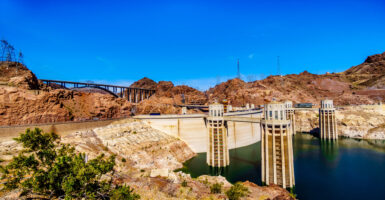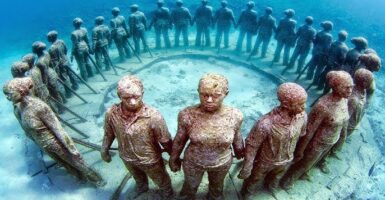20 Incredible Facts About Earth’s Most Extreme Environments
Space agencies spend billions searching for life on other planets, yet Earth harbors environments so extreme they might as well be alien worlds. From boiling acidic lakes to perpetually dark ocean depths, these harsh corners of our planet push the boundaries of what life can endure.
Here is a journey through mind-bending facts about Earth’s most extreme environments.
Death Valley, California (The Hottest Place)
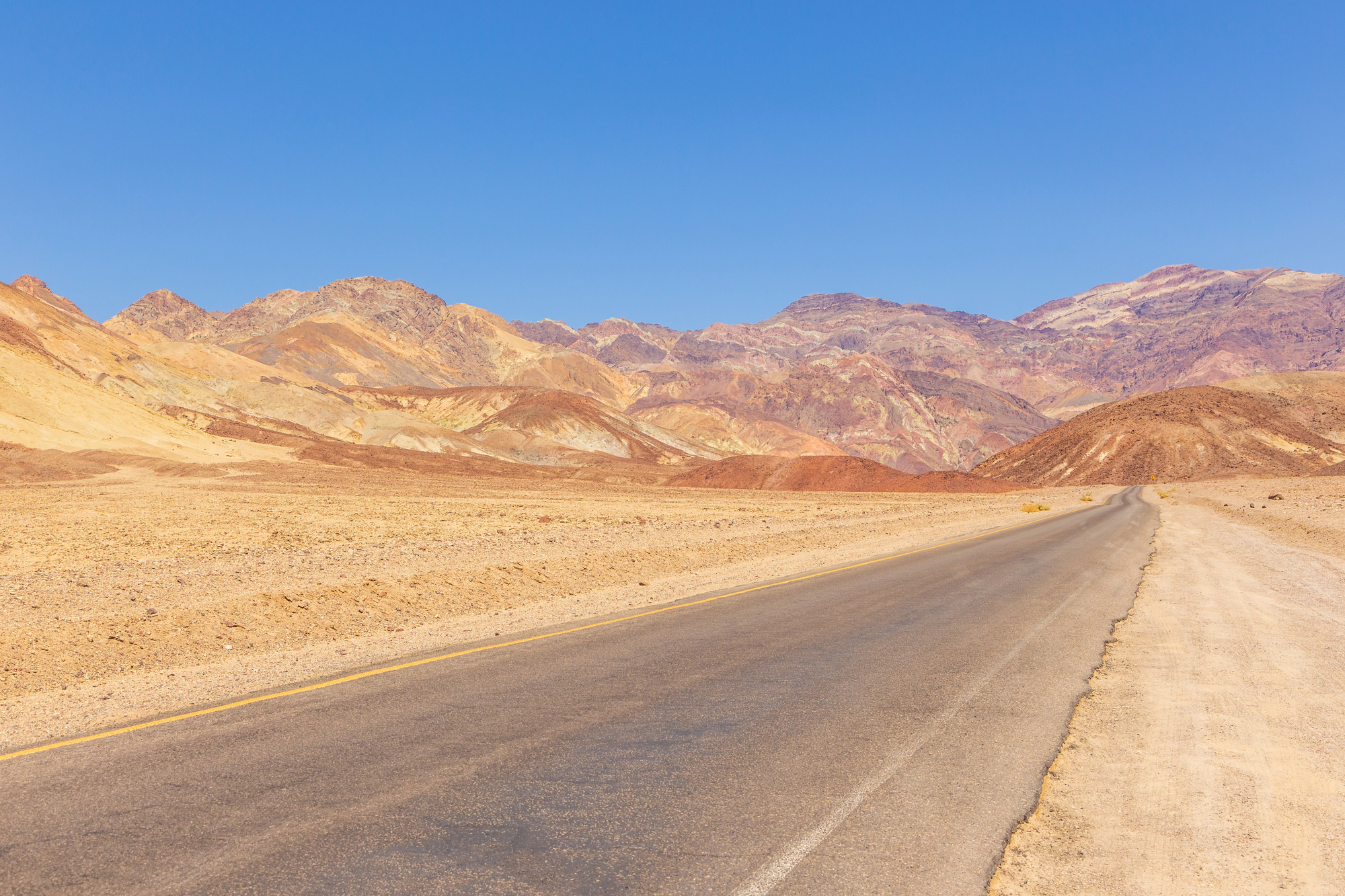
Summer temperatures in Death Valley regularly soar past 120°F (49°C) while the ground bakes at a blistering 200°F (93°C). Yet, life persists in this scorching landscape. Pupfish dance through hot springs, while sidewinder snakes leave mysterious tracks across salt-encrusted plains.
The valley holds the record for the hottest reliably recorded air temperature on Earth – a searing 134°F (56.7°C) in 1913. Desert plants have evolved specialized adaptations, including leaves that can angle themselves to minimize sun exposure during the hottest parts of the day.
Dry Valleys, Antarctica
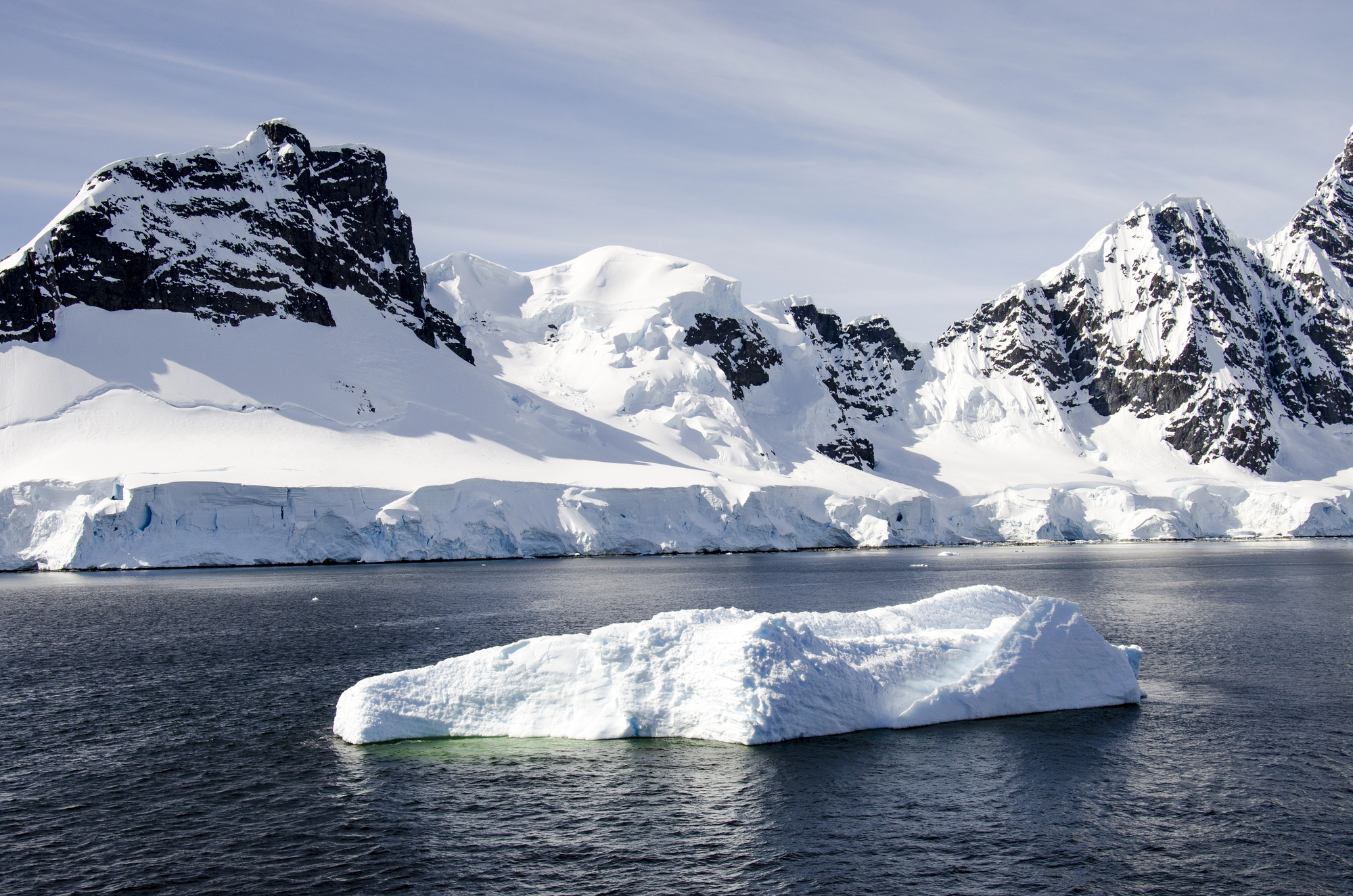
The Dry Valleys of Antarctica haven’t seen rain in over two million years. Wind-carved rocks dot a landscape so harsh that even snow evaporates before touching the ground. Scientists use this region to study how life might survive on Mars.
Ancient microbes exist in a dormant state within the rocks, awakening briefly during rare moments of moisture. The unique combination of extreme cold and absolute dryness has created an environment more alien than most places on Earth.
Like Go2Tutors’s content? Follow us on MSN.
Dallol, Ethiopia (Acid Springs)
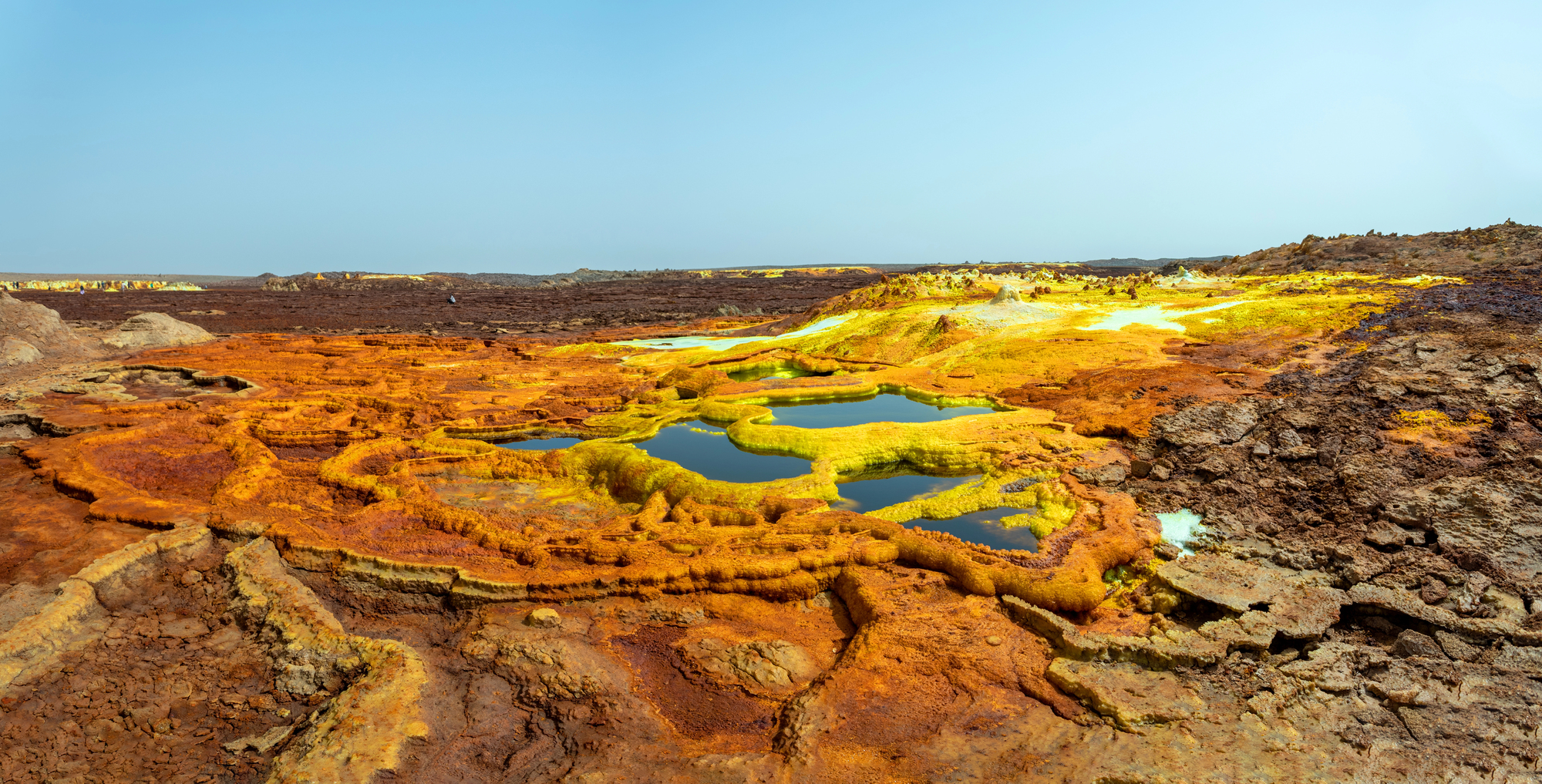
Ethiopia’s Dallol region combines extreme heat with pools of acid strong enough to dissolve metal. Bright yellow sulfur springs bubble at temperatures exceeding 200°F (93°C), while highly concentrated acid pools maintain a pH level below zero.
Incredibly, certain bacteria thrive in these hostile conditions, suggesting life’s remarkable adaptability. The landscape resembles an artist’s fever dream, painted in shocking yellows, oranges, and greens by mineral-rich hot springs.
Challenger Deep, Pacific Ocean
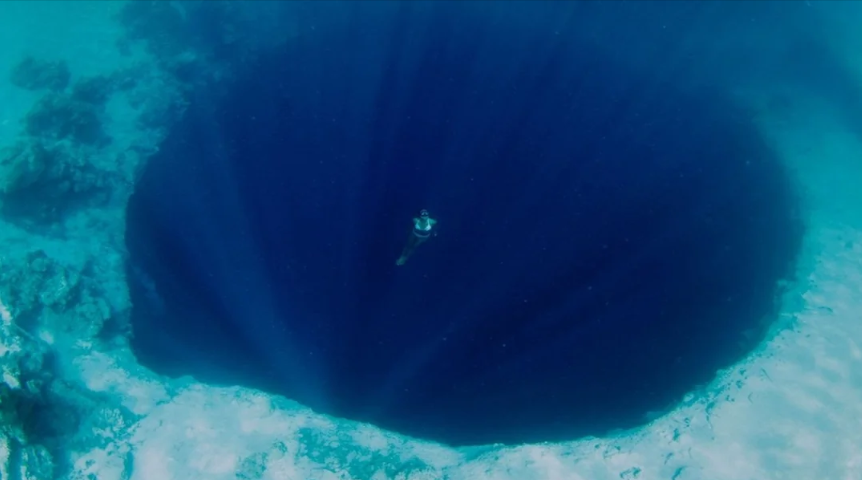
Nearly seven miles beneath the Pacific Ocean’s surface lies a world of perpetual darkness and crushing pressure. The Challenger Deep experiences pressures equivalent to 50 jumbo jets stacked on top of a person. Strange creatures prowl these depths, including transparent fish and giant amphipods.
Recent expeditions have discovered thriving ecosystems around thermal vents, where life exists without any sunlight. The resilience of deep-sea organisms continues to challenge scientists’ understanding of biology.
Danakil Depression, Ethiopia
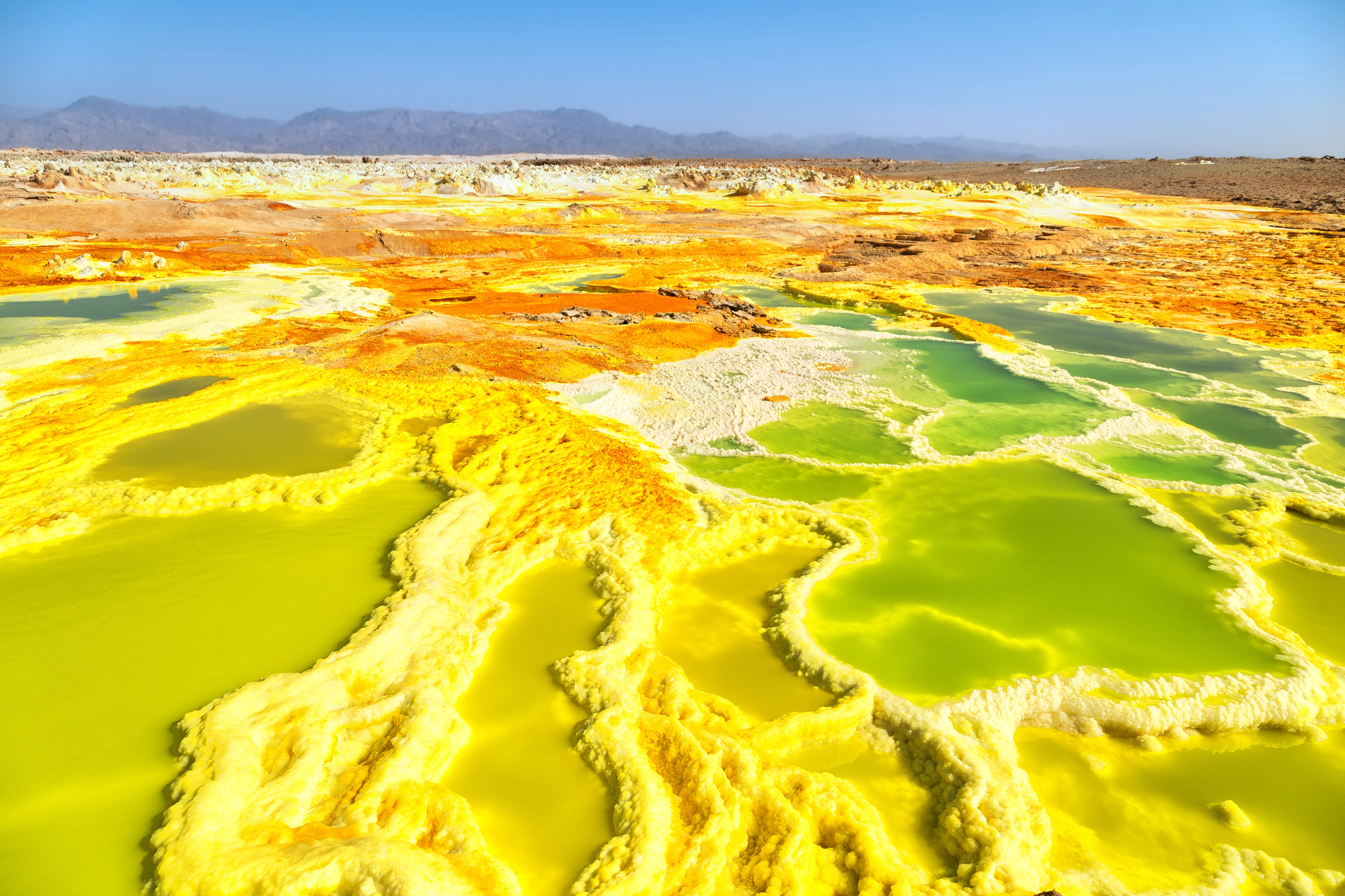
This Ethiopian lowland combines three extreme environments: scalding heat, toxic gases, and high salt concentrations. The landscape glows with fluorescent yellows and greens from mineral-rich hot springs.
Temperatures regularly exceed 120°F (49°C), while toxic chlorine and sulfur gases fill the air. Yet even here, extremophile bacteria create vast colonies visible from space.
Like Go2Tutors’s content? Follow us on MSN.
Vostok Station, Antarctica
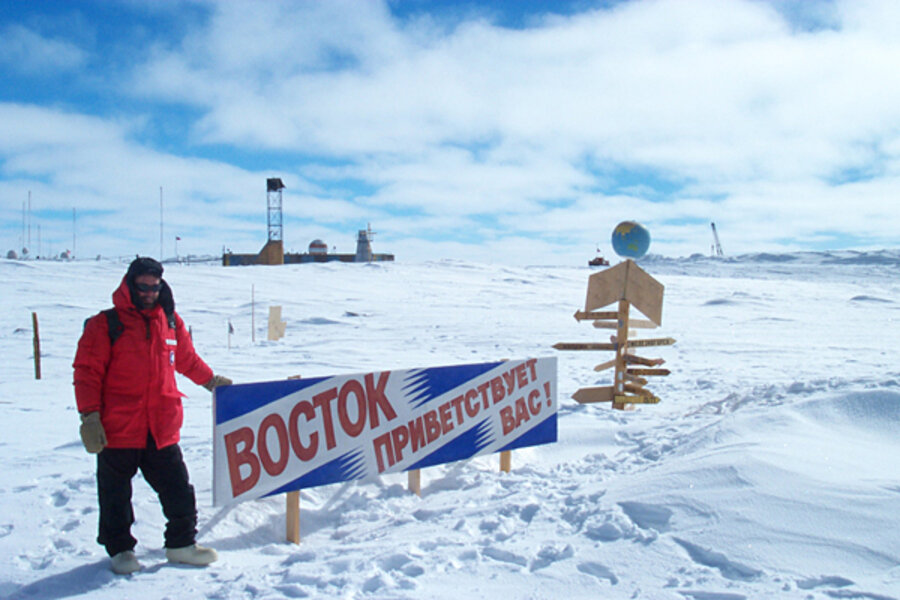
The world’s coldest recorded temperature, -128.6°F (-89.2°C), occurred at this Russian research station in Antarctica. The air becomes so cold that exhaled breath freezes instantly with an audible tinkle.
Metal can shatter like glass, while exposed skin freezes in seconds. Scientists must maintain constant vigilance against the cold, which can freeze fuel solid and stop engines from running.
Cave of Crystals, Mexico
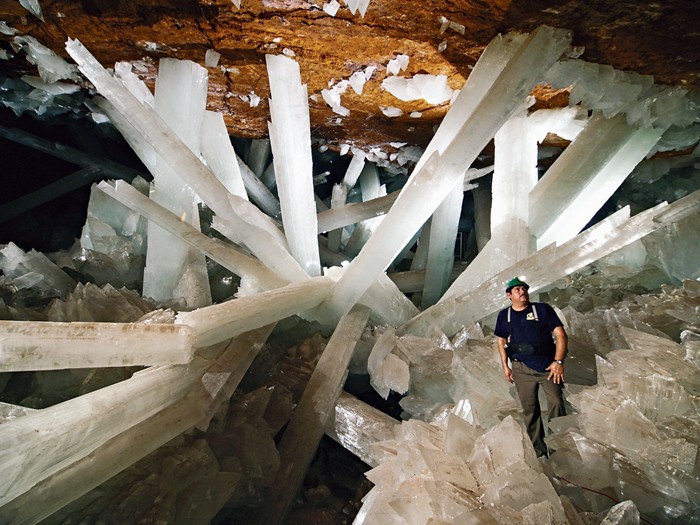
Mexico’s Cave of Crystals contains gypsum beams up to 36 feet long in conditions that push human endurance to its limits. The cave maintains 100% humidity in temperatures around 136°F (58°C).
Unprotected humans can only endure these conditions for minutes. The crystals grew over 500,000 years in perfect conditions, creating a geometric wonderland straight from science fiction.
Atacama Desert, Chile
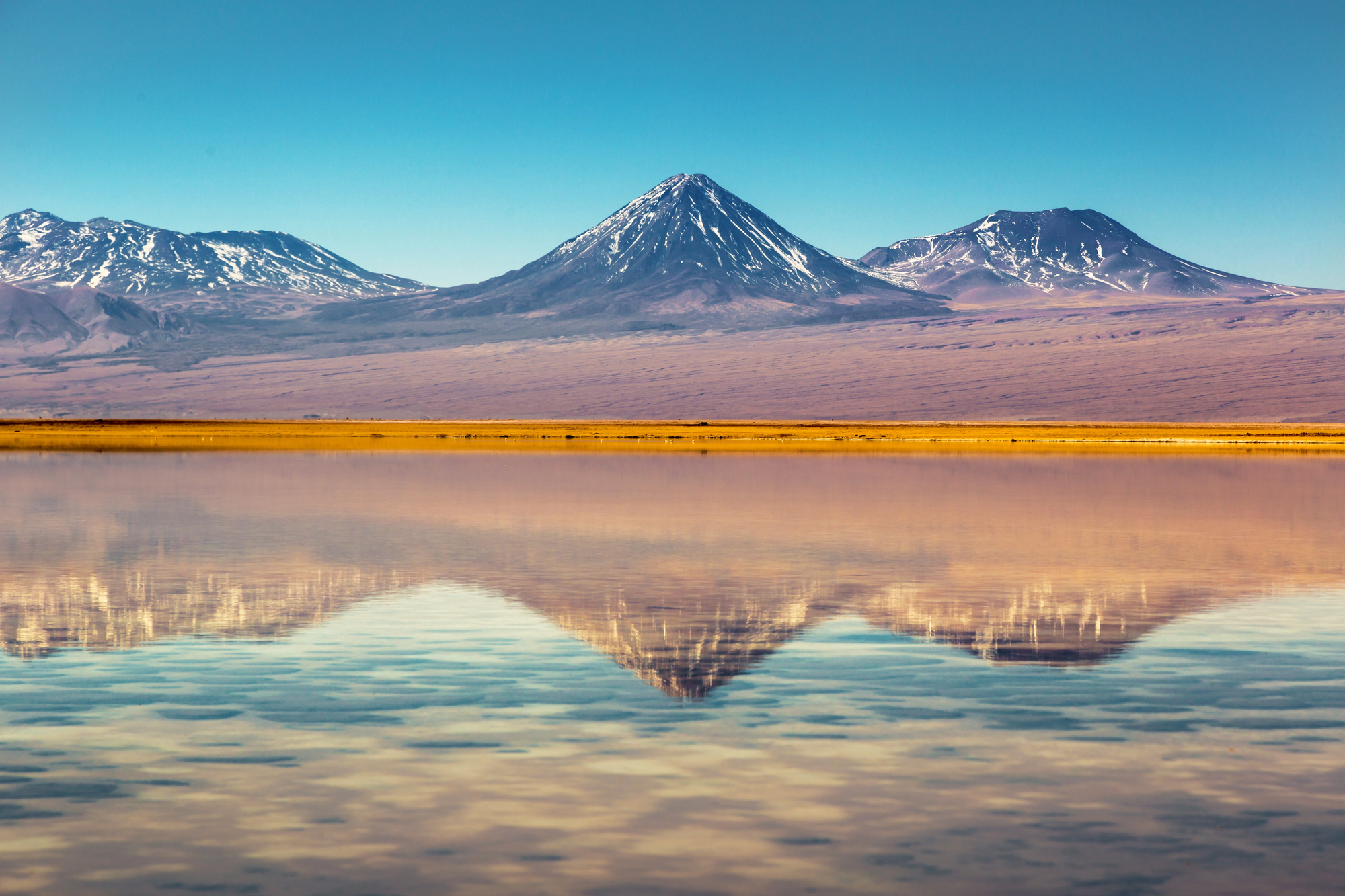
Parts of Chile’s Atacama Desert have never recorded rainfall in human history. The soil resembles Mars so closely that NASA tests equipment there.
Some areas contain no detectable microbial life, making them uniquely sterile on Earth’s surface. Yet life persists in hidden pockets, drawing moisture from occasional fog banks that roll in from the Pacific.
Like Go2Tutors’s content? Follow us on MSN.
Pitch Lake, Trinidad
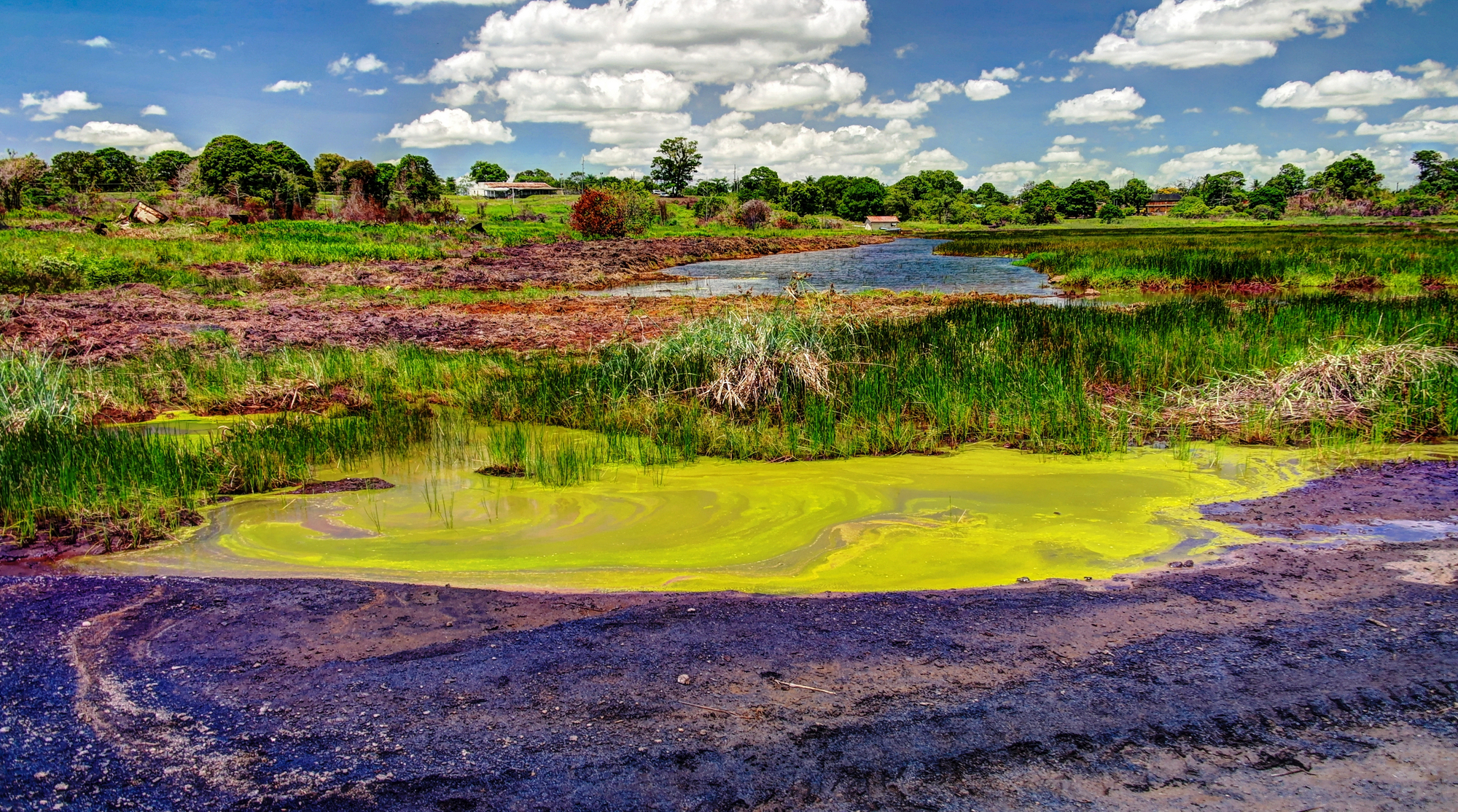
Trinidad’s Pitch Lake contains millions of tons of naturally occurring asphalt. The surface shifts and bubbles constantly, swallowing unwary objects.
Microorganisms thrive in tiny water droplets within the asphalt, metabolizing the hydrocarbons. The lake spans 100 acres, making it Earth’s largest natural deposit of asphalt.
Mount Everest Death Zone
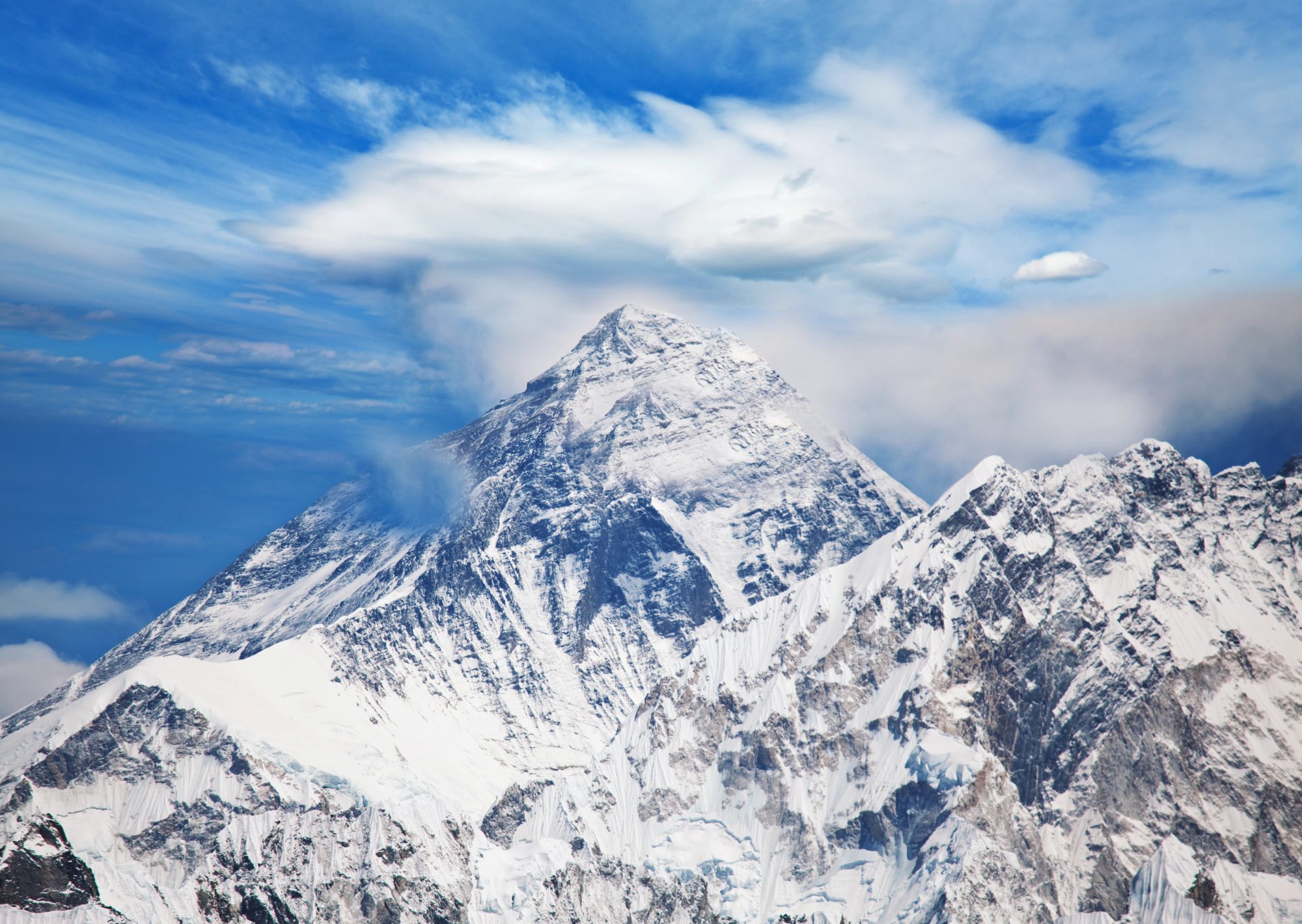
Above 26,000 feet, human bodies begin to deteriorate as they slowly die from lack of oxygen. The air contains one-third of the oxygen found at sea level, while temperatures can plummet below -60°F (-51°C).
Winds regularly exceed hurricane force. Yet even here, scientists have discovered bacteria living in the snow and ice.
Rio Tinto, Spain
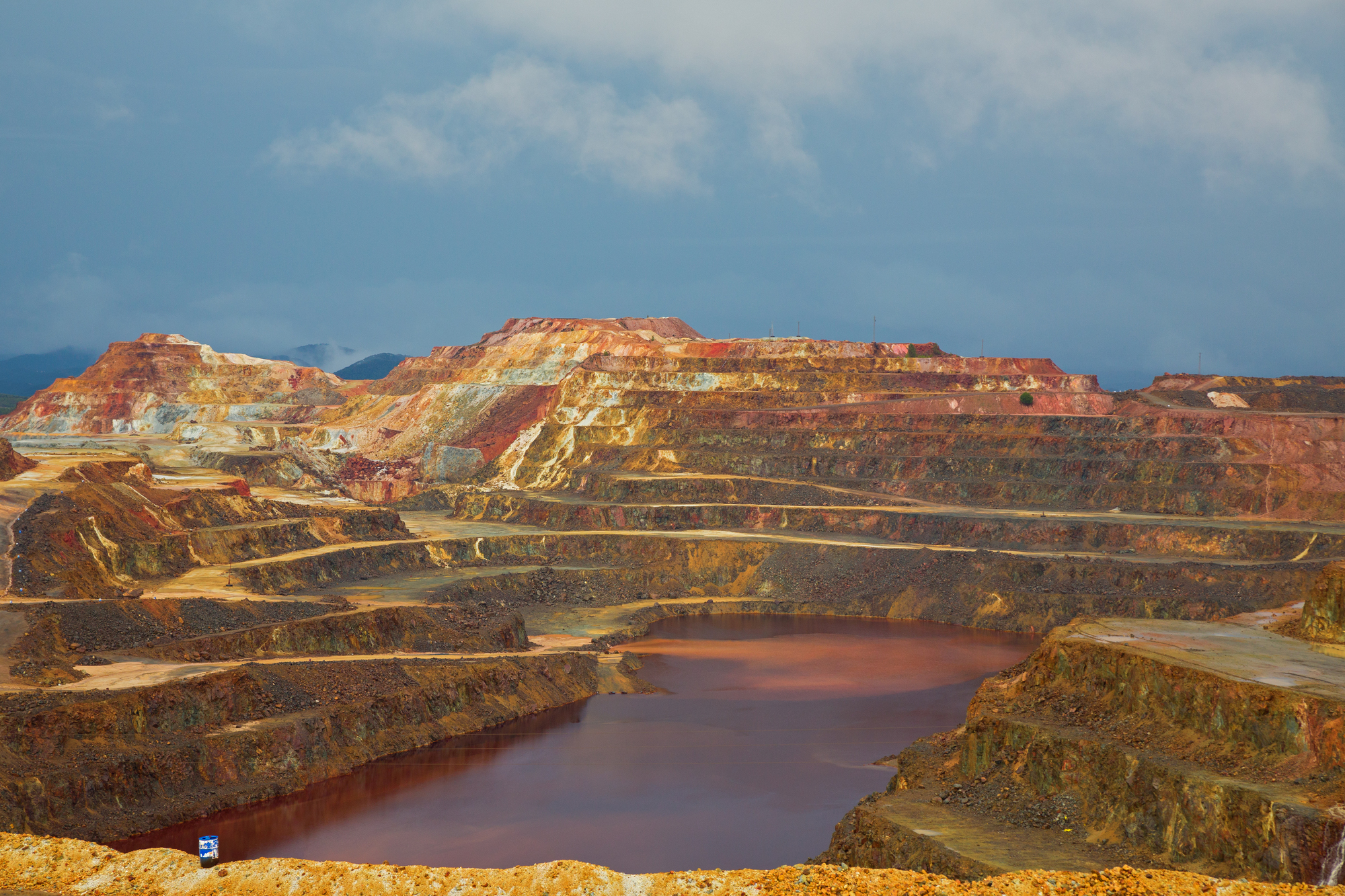
Spain’s Rio Tinto flows red with high concentrations of iron and sulfuric acid. The river maintains a pH level comparable to battery acid.
Extremophile bacteria and algae thrive in these toxic waters, turning them blood-red. NASA studies these organisms to understand how life might exist on other planets.
Like Go2Tutors’s content? Follow us on MSN.
Lut Desert, Iran
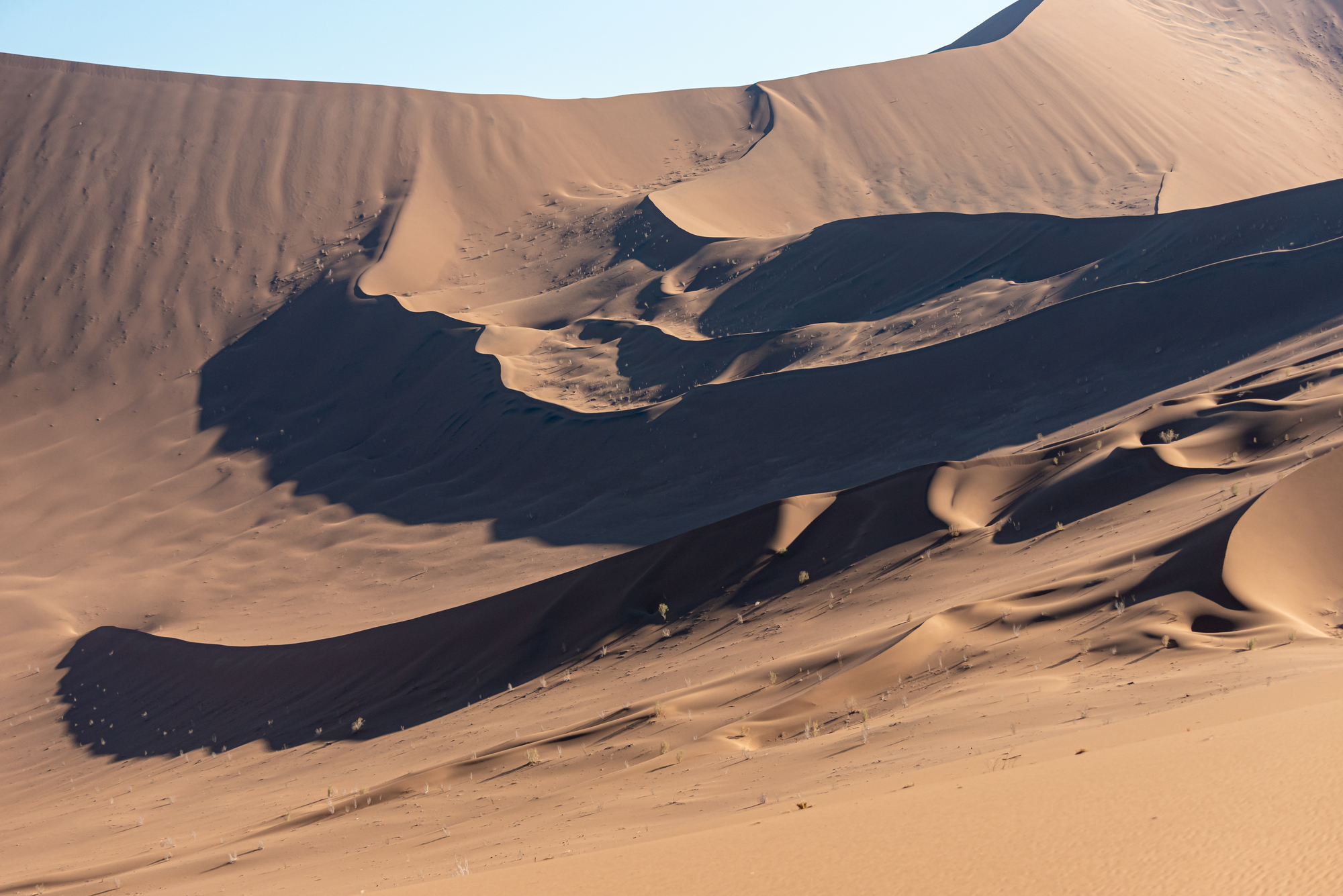
Iran’s Lut Desert holds the record for Earth’s hottest surface temperature, reaching 176°F (80°C). The desert’s black rocks absorb so much heat that no life can survive directly on them during summer.
Satellite images show vast stretches of the desert completely devoid of life. Yet specialized bacteria survive in protected niches beneath the rocks.
Mariana Trench
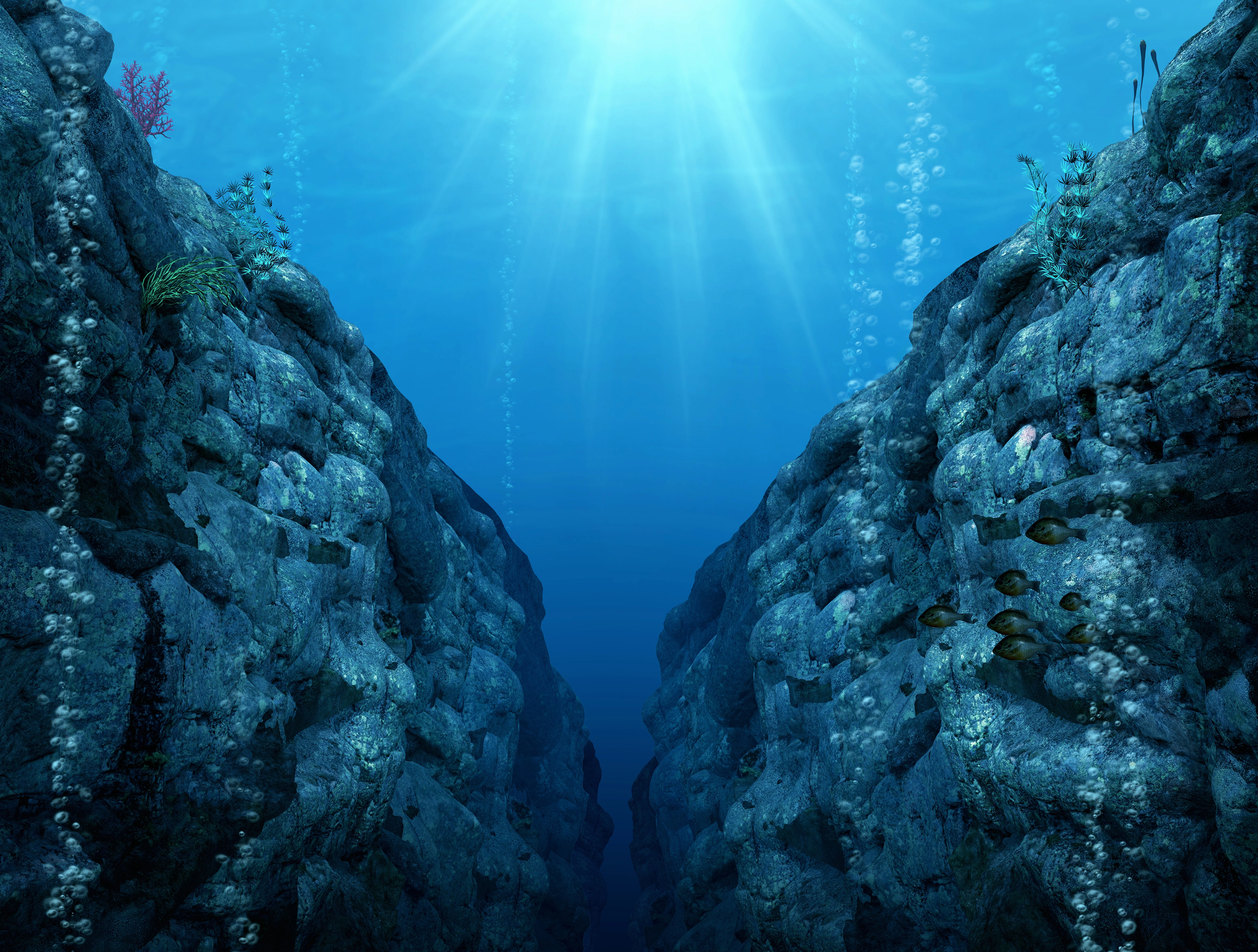
The ocean’s deepest point combines total darkness with pressures exceeding 15,000 pounds per square inch. Strange bioluminescent creatures prowl these depths, including fish with transparent heads.
Recent expeditions have discovered plastic waste even here, showing human impact reaches Earth’s most remote places.
Grand Prismatic Spring, Yellowstone
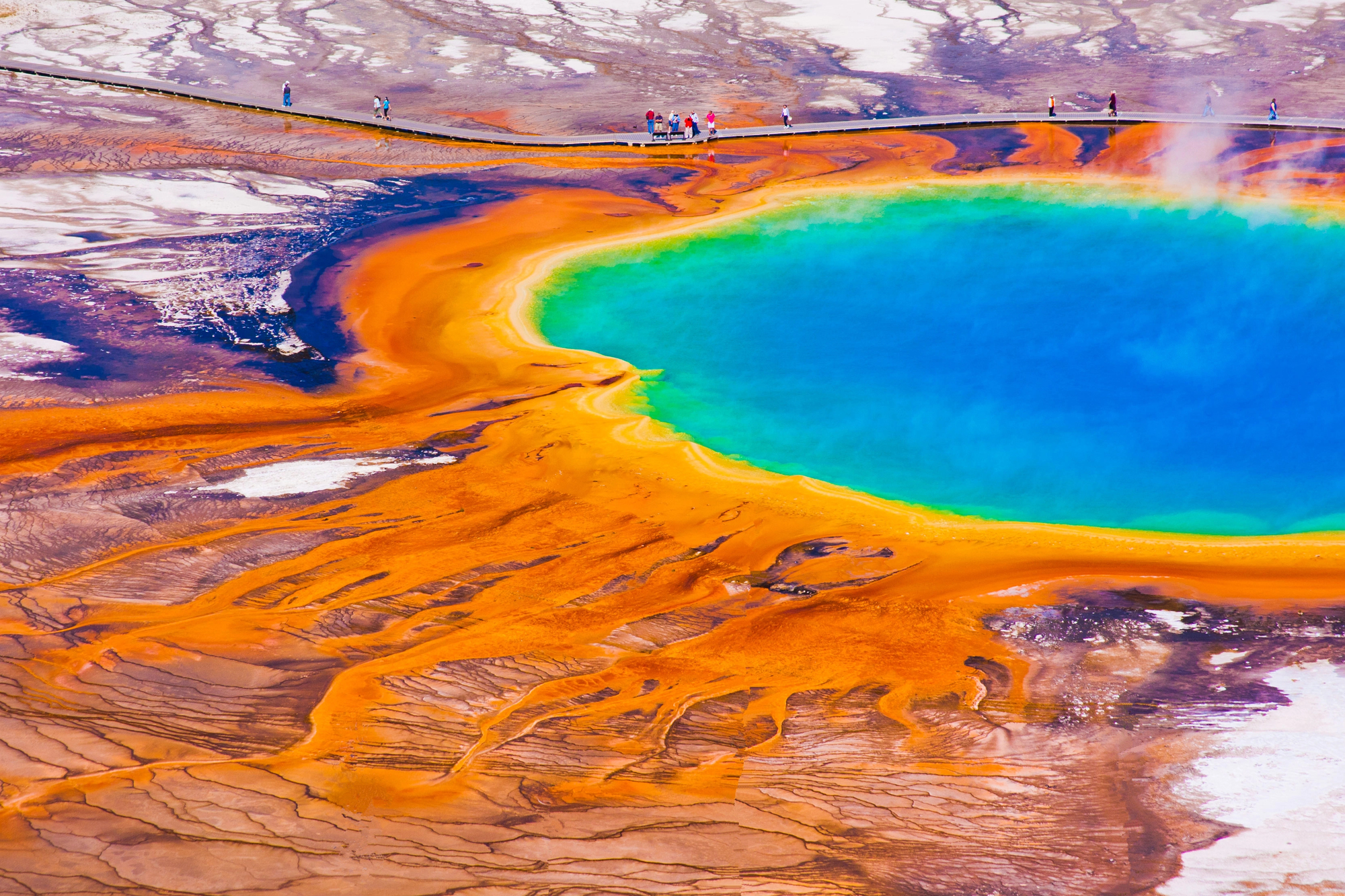
Yellowstone’s largest hot spring combines near-boiling temperatures with high mineral content and extreme pH levels. Different types of thermophilic bacteria create concentric rings of color, forming a natural rainbow.
The spring’s center remains too hot for any life, maintaining a sterile blue heart within rings of orange and brown bacterial mats.
Like Go2Tutors’s content? Follow us on MSN.
McMurdo Dry Valleys, Antarctica
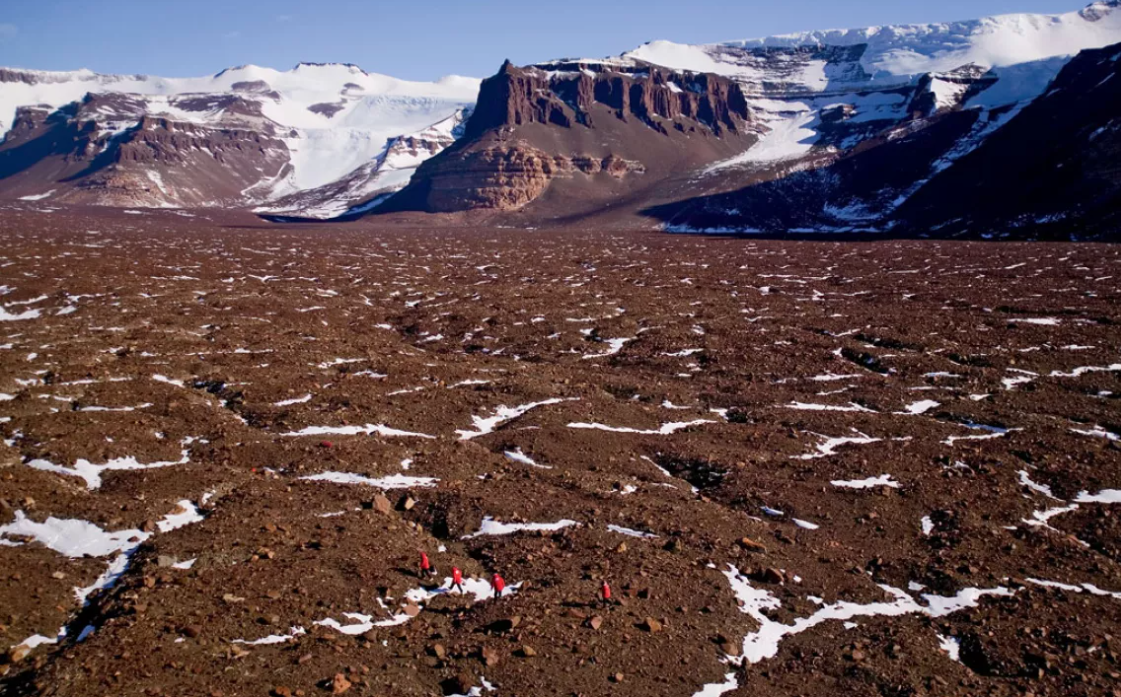
These Antarctic valleys experience hurricane-force winds that evaporate all moisture. The landscape hasn’t seen rain in millions of years, creating a polar desert.
Unique microorganisms survive by extracting water from minerals in rocks. The region serves as Earth’s closest analog to Martian conditions.
Socotra Island, Yemen
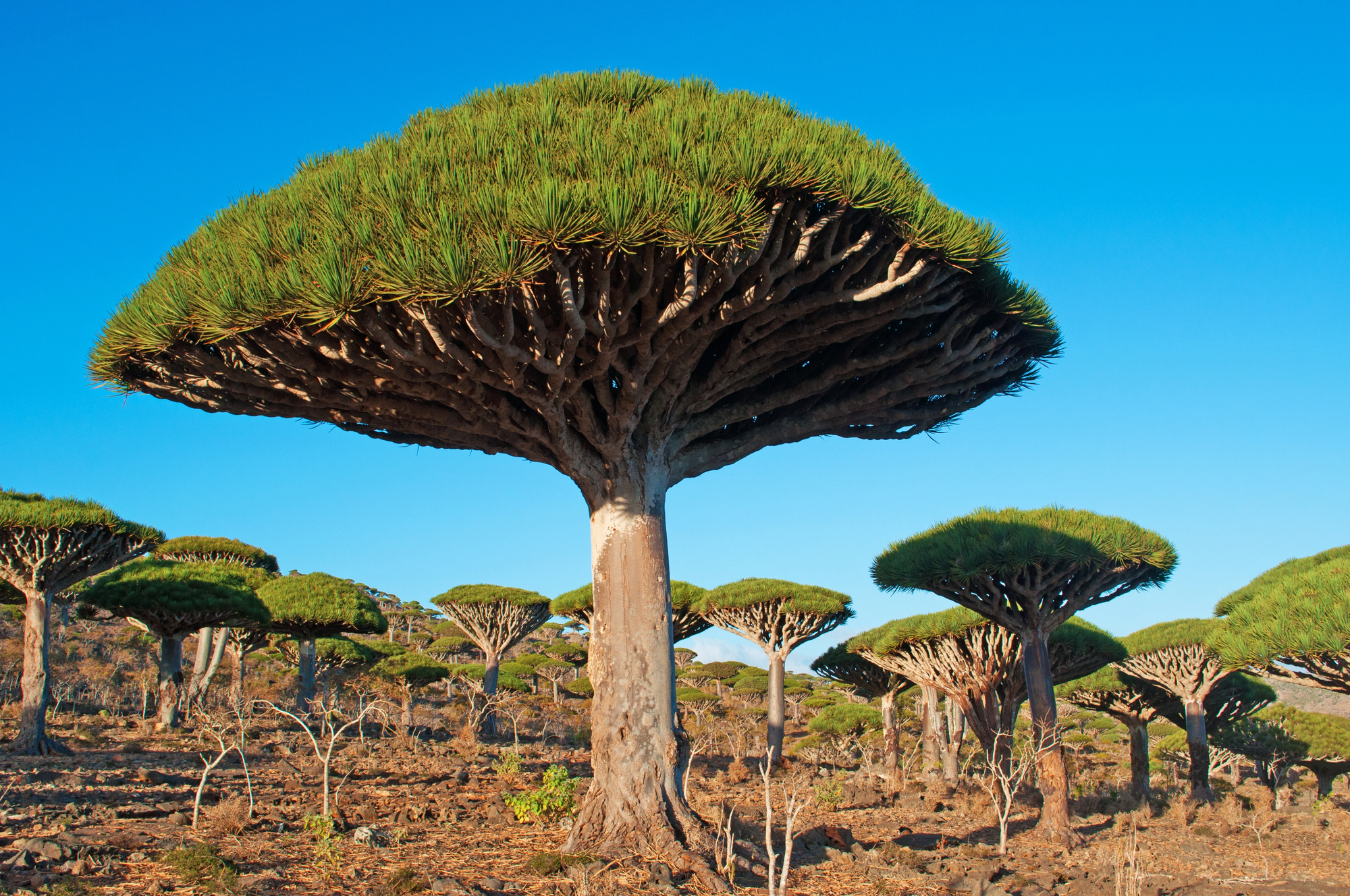
This Yemeni island, which has been isolated for millions of years, hosts plants found nowhere else on Earth. Dragon blood trees and bottle trees survive extreme drought and constant winds.
The island’s unique ecosystem evolved in isolation, creating organisms that seem alien. Some plants can survive years without rain.
Erta Ale Volcano, Ethiopia
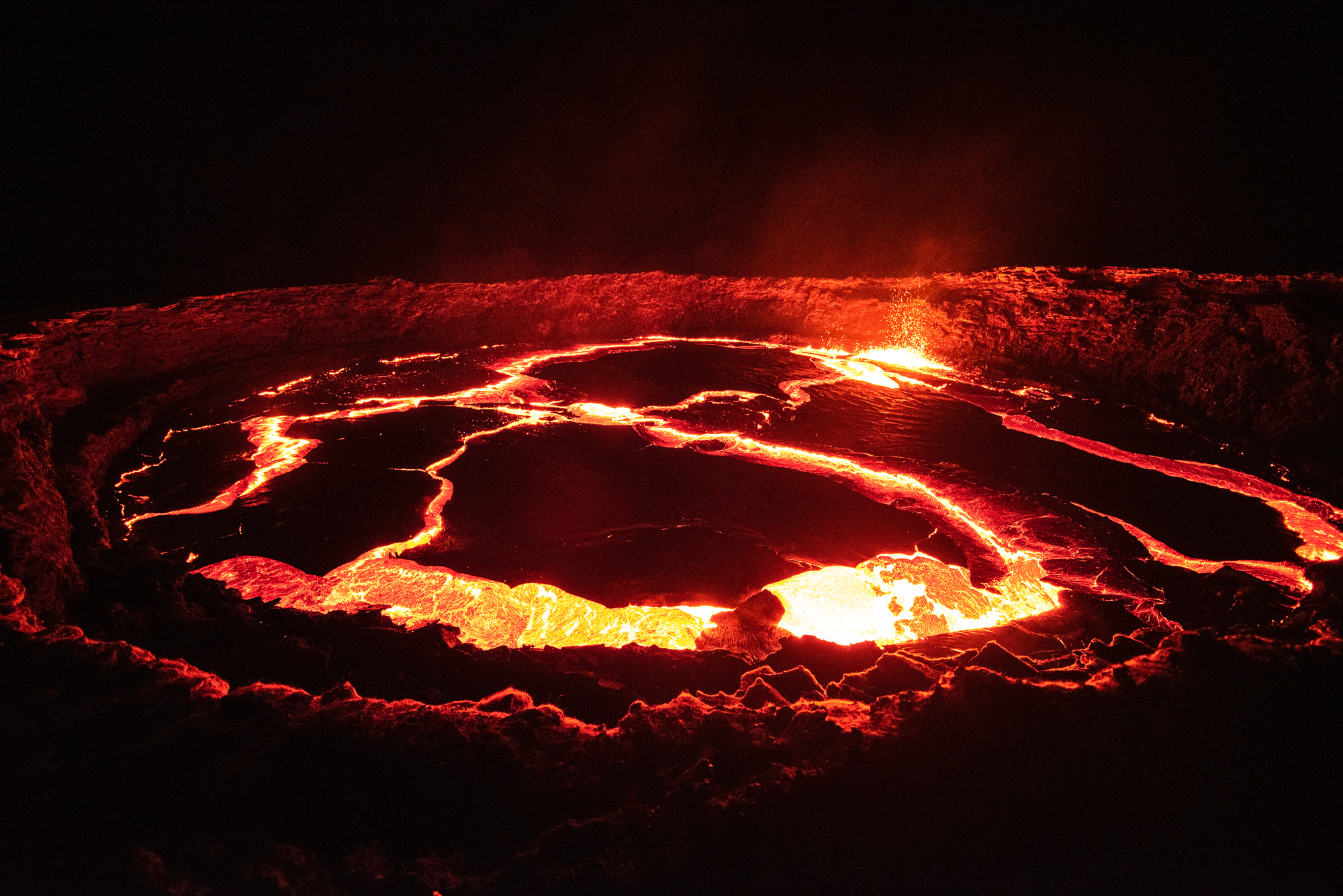
Ethiopia’s Erta Ale volcano maintains a permanent lava lake in one of Earth’s most inhospitable regions. Temperatures regularly exceed 120°F (49°C), while toxic gases fill the air.
The landscape resembles ancient Earth, providing glimpses of how life might have evolved in extreme conditions.
Like Go2Tutors’s content? Follow us on MSN.
Dead Sea, Israel/Jordan
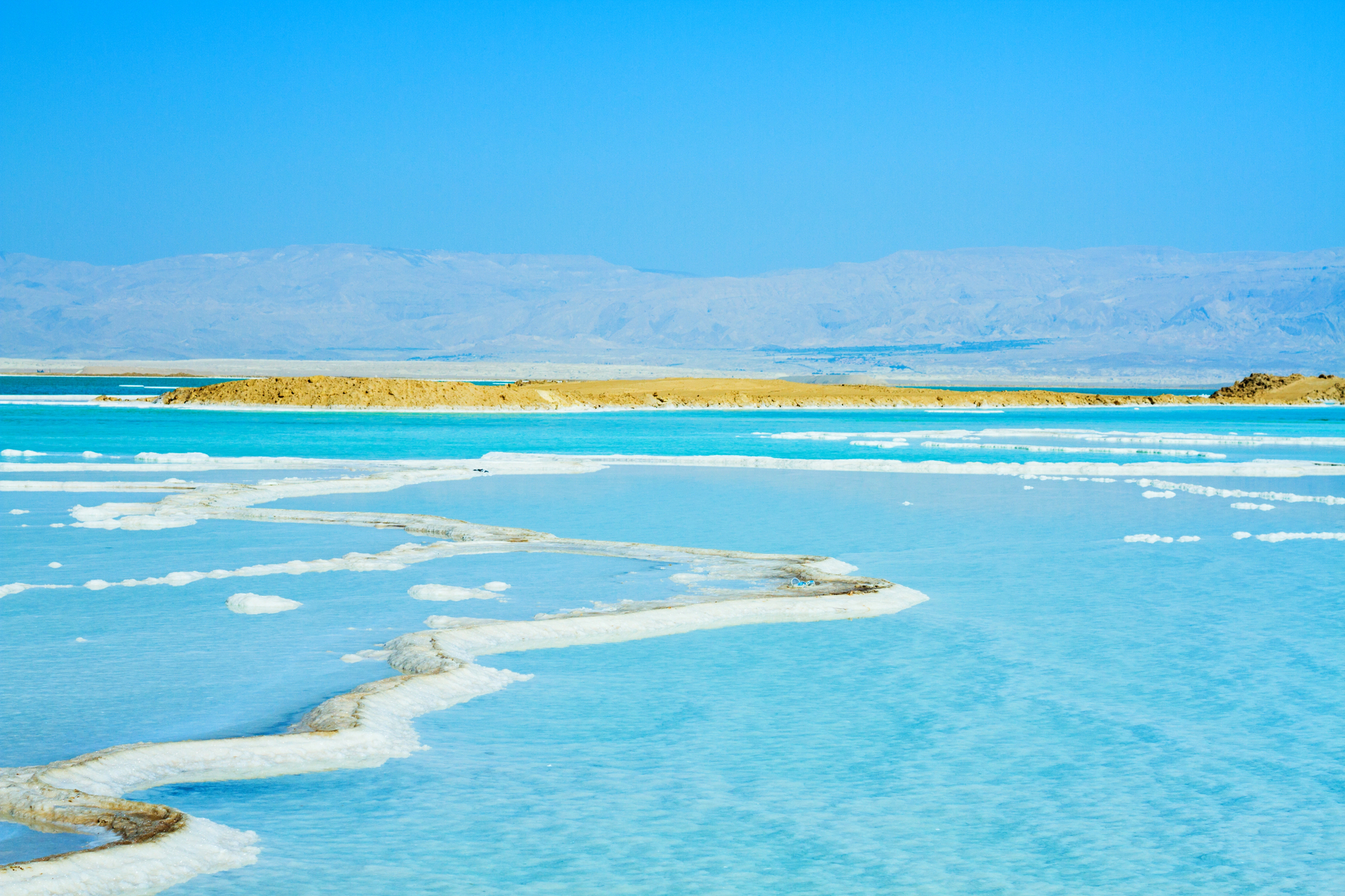
This hypersaline lake contains water that is nearly ten times saltier than the ocean. The extreme salinity makes conventional aquatic life impossible, yet unique microorganisms thrive.
The water’s density allows people to float effortlessly, while mineral formations create otherworldly landscapes along the shore.
Crystal Cave, Iceland (Vatnajökull Glacier)
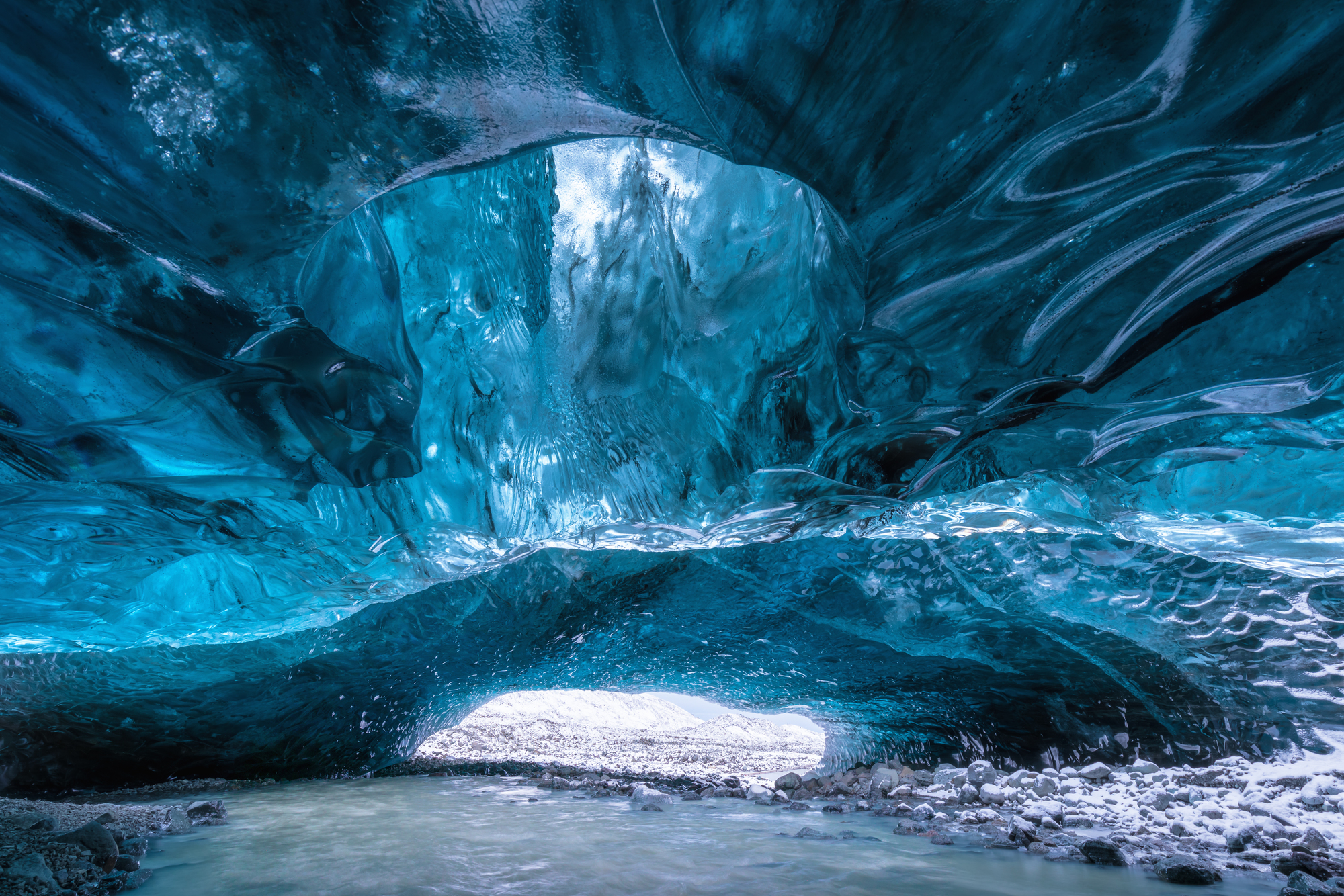
Iceland’s Vatnajökull glacier contains caves where mineral-rich water creates stunning ice formations. Temperatures hover just below freezing while the ice glows with an ethereal blue light.
Bacteria survive in tiny water pockets within the ice, suggesting how life might persist on icy moons like Europa.
Living on the Edge
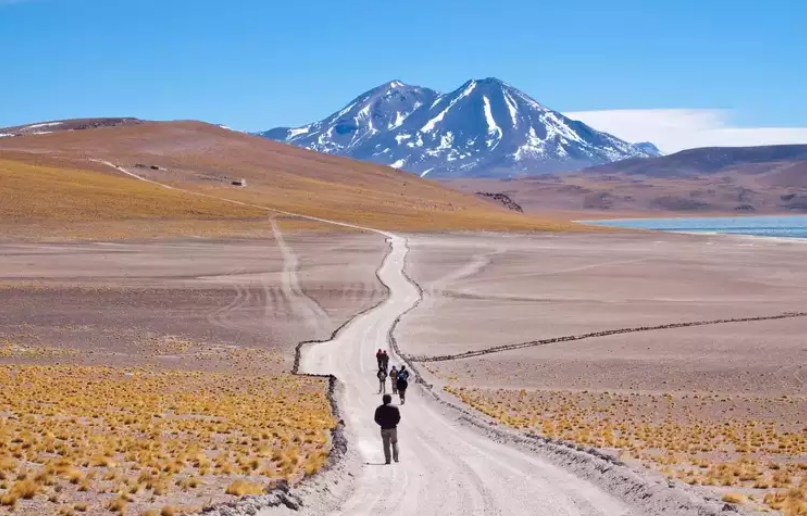
These extreme environments demonstrate life’s remarkable adaptability and Earth’s incredible diversity. From acidic rivers to frozen deserts, organisms find ways to survive in conditions once thought impossible for life.
Understanding these adaptations helps scientists search for life beyond Earth while revealing our planet’s remarkable resilience. As climate change creates new environmental extremes, studying these harsh places becomes increasingly relevant to humanity’s future.
More from Go2Tutors!

- Famous Battles: How Much Do You Really Know About U.S. History?
- Top 5 Most Important Skills, According To Harvard Business School
- How Well Do You Know 90s Pop Culture? Take the Quiz
- Master the Art of Public Speaking with These Expert Tips
- Think You Know Capitals? Put Your Knowledge to the Test
Like Go2Tutors’s content? Follow us on MSN.
